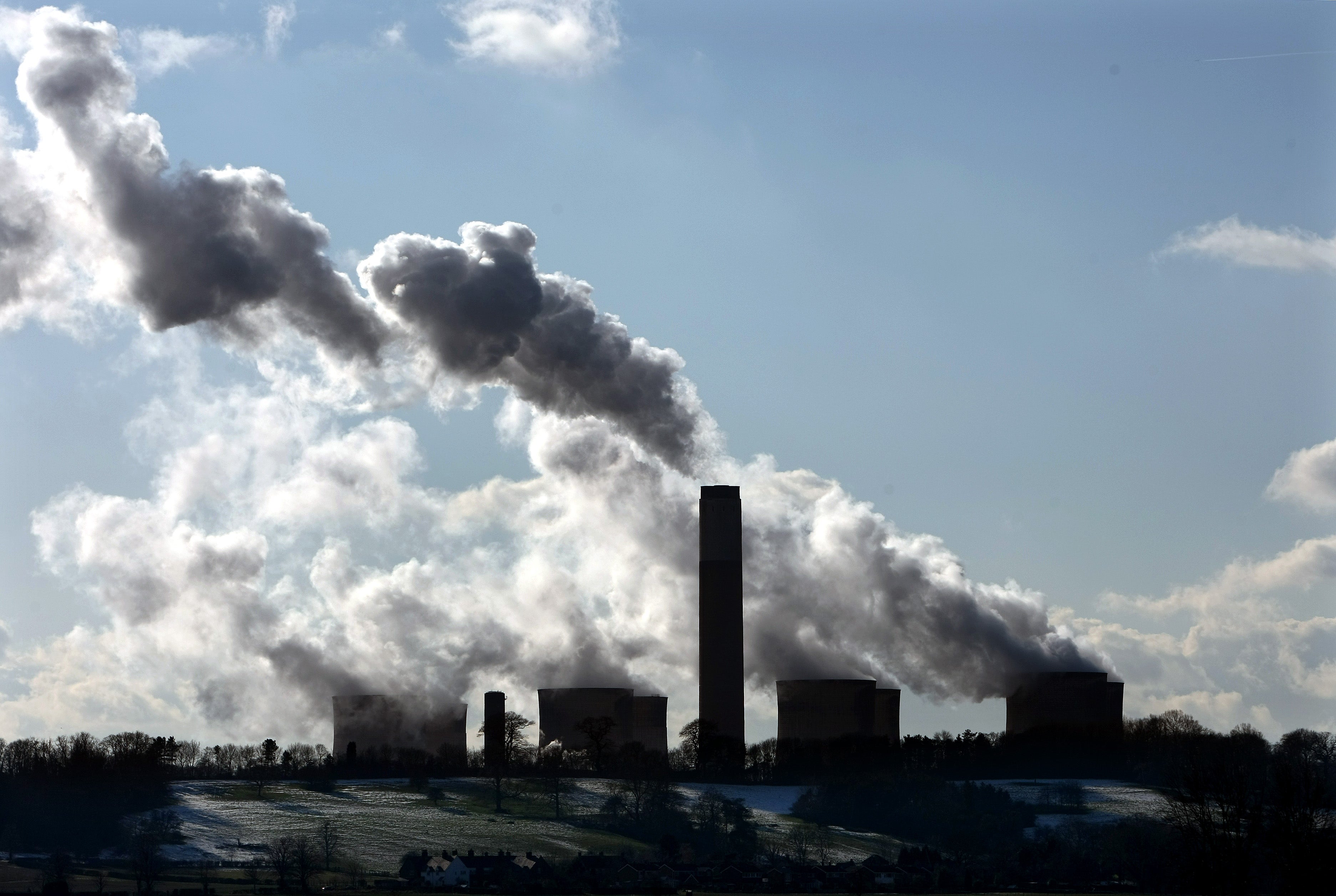UN scientists have warned that the world is in “crunch time” to avoid higher levels of warming beyond the key threshold of 1.5C but that drivers of climate change are “all moving in the wrong direction”.
In their annual report, a team of more than 60 international scientists have put together a comprehensive picture of the current state of the climate and calculated the human-driven factors behind the changes the world is experiencing.
It comes as part of efforts to provide regular updates between landmark UN Intergovernmental Panel on Climate Change (IPCC) reports, the last of which was published in 2021 and the next of which is expected in 2028.

The group examined the amount of planet-heating carbon dioxide (CO2) the world can release into the atmosphere in the coming years while limiting warming to the UN target of 1.5C.
The report estimates that the remaining “carbon budget” for 1.5C is emitting 130 billion tonnes of C02 from the beginning of 2025, if the world is to have a 50% chance to stay within the threshold.
However, this budget will be exhausted in little more than three years at current levels of CO2 emissions, according to the findings published on Wednesday night in the journal Earth System Science Data.
This means that without drastic cuts to emissions, the world will be unable to prevent warming from surpassing the dangerous threshold, which will lead to a rise in extreme weather events, climate-related disasters and increase the risk of triggering irreversible changes.
The report also warned the carbon budget for 1.6C or 1.7C could also be exceeded within nine years, which will significantly intensify these impacts.
The scientists’ long-term estimates show current average global temperatures to be 1.24C higher than in pre-industrial times.
Professor Joeri Rogelj, research director at the Grantham Institute, said: “Under any course of action, there is a very high chance that we will reach and even exceed 1.5C and even higher levels of warming.
“1.5C is an iconic level but we are currently already in crunch time… to avoid higher levels of warming with a decent likelihood or a prudent likelihood as well and that is true for 1.7C, but equally so for 1.8C if we want to have a high probability there.”
But Prof Rogelj added that reductions in emissions over the next decade can still “critically change” the rate of warming and limit the magnitude and the extent by which the world exceeds 1.5C.
“It’s really the difference between just cruising through 1.5C towards much higher levels of 2C or trying to limit warming somewhere in the range of 1.5,” he said.
Piers Forster, professor of Climate Physics at the University of Leeds, who has helped author IPCC reports, said the report highlights how climate policies and pace of climate action “are not keeping up with what’s needed to address the ever-growing impacts”.
“I certainly tend to be an optimistic person but if you do look at this year’s annual update, things are all moving in the wrong direction,” he said.
“They’re not only moving in the wrong direction, we’re seeing some unprecedented changes.”
Reflecting on the IPCC reports, he said: “What we had hope to see by this time is these emissions beginning to turn a corner and unfortunately that hasn’t occurred.”
Instead emissions have increased year on year since the 2021 report, remaining at all-time highs, he said.
This year’s update covers key climate system indicators such as greenhouse gas emissions and concentrations, Earth energy imbalance, human-induced climate change, remaining carbon budgets and maximum land surface temperatures.

But for the first time, the annual update also included sea-level rise and global land precipitation.
In 2024, the best estimate of observed global surface temperature rise was 1.52C, of which 1.36C can be attributed to human activity, caused by global greenhouse gas emissions, the scientists said.
The report said last year’s high temperatures are “alarmingly unexceptional” as the combination of human-driven climate change and the El Nino weather phenomenon push global heat to record levels.
While global average temperatures exceeded 1.5C for the first time, this does not mean the world has breached landmark UN agreement, which would require average global temperatures to exceed the threshold over multiple decades.
When analysing longer-term temperature change, the scientists’ best estimates show that between 2015 and 2024 average global temperatures were 1.24C higher than in pre-industrial times, with 1.22C caused by human activities.
Elsewhere, the report found that human activities were found to be affecting the Earth’s energy balance, with the oceans storing about 91% of the excess heat, driving detrimental changes in every component of the climate system, including sea level rise, ocean warming, ice loss, and permafrost thawing.
Between 2019 and 2024, global mean sea level also increased by around 26mm, more than doubling the long-term rate of 1.8mm per year seen since the turn of the twentieth century.
Dr Aimee Slangen, research leader at the NIOZ Royal Netherlands Institute for Sea Research, said the rise is already having an “outsized impact” on low-lying coastal areas, causing more damaging storm surges and coastal erosion.
“The concerning part is that we know that sea-level rise in response to climate change is relatively slow, which means that we have already locked in further increases in the coming years and decades,” she said.
IPCC’s last assessment of the climate system, published in 2021, highlighted how climate change was leading to widespread adverse impacts on nature and people.
Professor Rogelj said: “Every small increase in warming matters, leading to more frequent, more intense weather extremes.
“Emissions over the next decade will determine how soon and how fast 1.5C of warming is reached. They need to be swiftly reduced to meet the climate goals of the Paris Agreement.”







